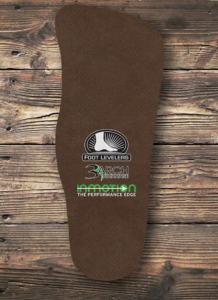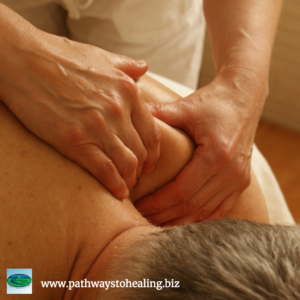Backpack safety
By: Dr. Alyssa Musgrove
It’s that time again – students are heading back to school. This year, school looks different for many students choosing to learn online at home. But for those who are heading back to campus, it’s likely they’ll be carrying backpacks. It’s important to understand the effects heavy backpacks can have on a child’s growing body.
Hauling a backpack loaded with books, school supplies, binders, lunch and water bottles can add up to a significant amount of weight. (One textbook or binder can weigh up to 3.5 pounds!) Carrying around this amount of weight on a daily basis could be setting students up for future neck, shoulder, hip, back, muscle and joint injuries. In fact, roughly 14,000 children are treated for backpack-related issues annually.
Overstuffed, heavy backpacks create a forward trunk lean that rounds the upper back, causing forward head posture. This awkward posture results in neck and shoulder pain. It also makes it difficult for the muscles and ligaments to hold the body up correctly. Shoulders are not made to hang things on, so a heavy load placed on the shoulders alters the biomechanics and creates potential strain and tightening of the muscles. Hips can become sore if a child is bending forward to compensate for the backward pull of a heavy backpack. Knee pain is possible because of the change in walking pattern and body posture due to an overweight pack.
The good news is injury is preventable, and there are ways for kids to carry backpacks comfortably. The following four guidelines were established by Backpack Safety International™:
- Choose it Right
The size of the backpack should be proportional to the size of the person wearing it. The height of the backpack should be no more than three quarters of the length of the torso. The bottom of the pack should sit two inches from the waist. A backpack that is too large invites you to fill it to capacity, which will go beyond healthy and safe limits.
Don’t assume that paying more for the pack will guarantee your child’s safety. Look for backpacks that have padded shoulder straps to prevent pinching the nerves around the neck and shoulder area. Some packs have lumbar (low back) padding to buffer the lower part of the back from the hard edge of books and other contents. Also, opt for a waist strap when possible. The strap can be used to stabilize the pack load and prevent injuries that occur if the load is swung.
- Pack it Right
Backpack Safety International and The American Academy of Orthopedic Surgeons recommend that no more than 15 percent of the child’s body weight be carried in the backpack. For example, a child weighing 85 pounds should carry no more than 12 pounds in his backpack. If the child must lean forward to handle the load of the pack, then it is too heavy. Books can be very heavy; so only carry items that are necessary for that day’s activities. When packing the bag, use all available compartments and pockets to help distribute the weight. Pack heavier things low and towards the back, closer to the body. Check the backpack weekly to ensure the weight remains manageable.
- Lift it Right
Improper lifting can do damage to the spine — especially a child’s growing spine! Say your child lifts a backpack 10 times a day and it weighs (conservatively) 12 pounds. With about 180 days of school per year, that is 21,600 pounds the child lifts each school year. That is roughly 11 tons — the equivalent of 6 mid-size automobiles – that your child lifts every year! Teach your child how to safely pick up a heavy backpack by bending at the knees and lifting with the legs to protect the back and shoulders.
- Carry it Right
Children have creative ways of wearing their backpacks. Putting the load on the front is no safer than the back. Most commonly, you see backpacks dangling by one shoulder strap or hanging so low that the pack rests on their bottom, which pulls the shoulder blades and spine far from the healthy, upright posture. The best way to wear a pack is using both shoulder straps, with the pack positioned in the middle of the back.
Rolling backpacks may be a viable alternative, but they have disadvantages, as well. Wheels and handles can add as much as 20 percent to the overall weight of the backpack – and that’s before you add books and other items. That makes rolling backpacks often just as heavy as traditional backpacks. Rolling backpacks can also be difficult to lift properly when carried up and down stairways, or getting in and out of a vehicle. They also can present a tripping hazard in crowded hallways and school corridors.
If you have been concerned about the effects of extra weight on your child’s still-growing body and spine, your instincts are correct. Heavy backpacks can lead to numerous problems from back and shoulder pain to poor posture. By carefully choosing the right pack for your child, packing it correctly, and teaching your child proper lifting and carrying techniques, you can help prevent future injury and pain.
Pathways to Healing specializes in holistic chiropractic care. Dr. Alyssa Musgrove draws on a variety of techniques, including chiropractic, kinesiology, nutrition, food allergy testing and lifestyle counseling to assist clients in achieving optimal health and wellness in one setting. In addition, the practice is committed to being a valuable source of information so that people can learn how to live a healthy lifestyle and prevent future illness. Pathways to Healing is located at 1022 Founders Row, Lake Oconee Village, Greensboro. The office can be reached at 706-454-2040.








